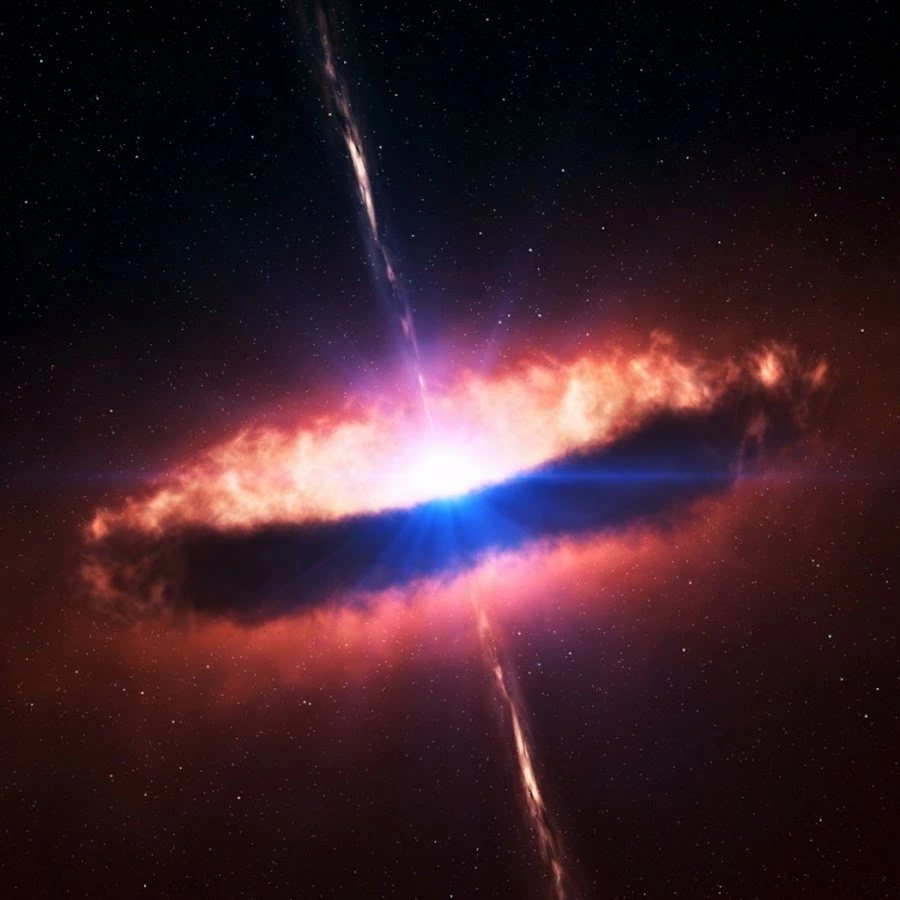I’ve read that at the center of large celestial bodies there’s zero gravity (or close to). While confirmation would be nice, if true, I’m wondering how large that area can actually be and moreover, does it scale up with more mass and/or even size - that is, does the sun have a larger center area of low (zero?) gravity than the earth and so on with evermore mass. Or is that area the same regardless of mass’ size?
Thank you


Thank you for replying.
This feels very close to answering the question in a way my brain can interpret it. So, going outward makes complete sense to me but the area at the center, the way I under your answer is, yes, the area or zone will increase proportional to its mass?
This may be asking too much, but, have any idea the size of that low gravity zone of earth bs our Sun?
I can’t answer that question for you. Because you’re using a relative term. Only the exact center will have no gravity. Anything outside the exact center will have some gravity. So you have to define what negligible it means.
So once you define low gravity. You can do the math to figure out the size of that zone of low gravity.
I highly recommend doing the math anyway. Follow along with a YouTube example or a written example on gravitational attraction of a sphere. It’s really good calculus. Then you can you know put it into octave and get the exact answer for yourself. Just plugging in numbers for the relative density of the Earth and the mass and the sizes. These will be approximate of course. Because nothing is perfectly uniformly dense so it’s just a rule of thumb anyway
I guess I don’t know enough about the equations necessary to solve for a gradient of area at the exact center, equal to it’s surrounding mass.
All the same, thank you for replying. Seems like the area might not be as large as I had supposed.
Depends what you’re trying to do. If you want to balance something so it never moves you can only use the exact center. If you want something to stay relatively in the center for a period of hours then you’re going to have a much larger area. If you’re okay with minutes it’s going to be much much larger area. If it needs to be stable for years in the area is smaller. Gravity is going to apply a force of acceleration and on an object, and if there’s nothing resisting that acceleration things will just fall off the center. You know imagine trying to balance something on top of a cone.
My original question stemmed from thinking about the possible different area sizes of low gravity within different size stars - and if that area was gradient.
deleted by creator
deleted by creator